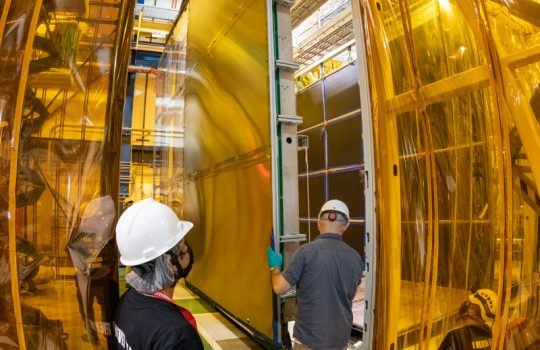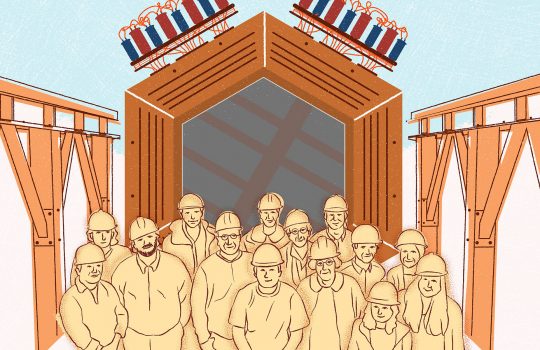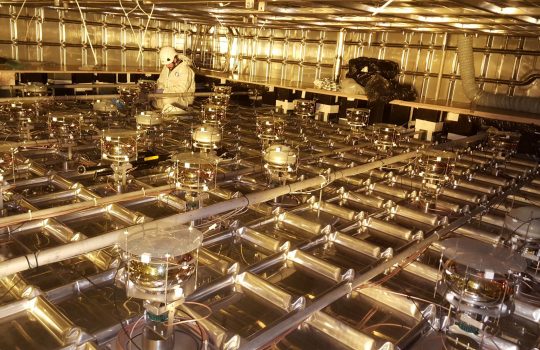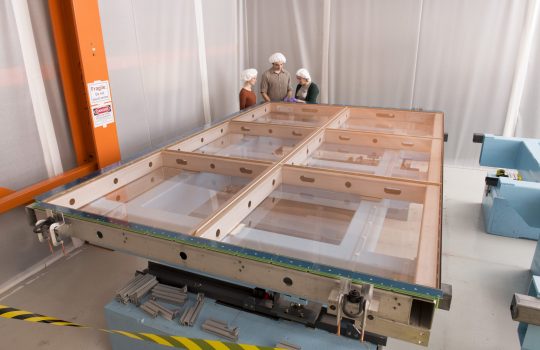US: 4th neutrino flavor discovery closer as Fermilab’s SBND detects 1st signals
Interesting Engineering, Sept. 11, 2024
The Short-Baseline Near Detector’s wealth of data will enable researchers to study neutrino interactions with a level of precision never before achieved.





